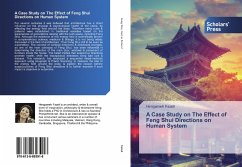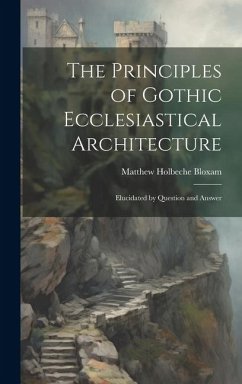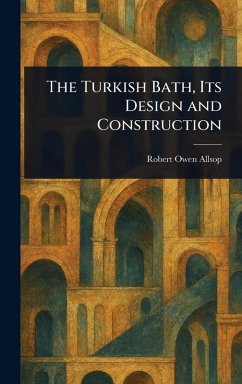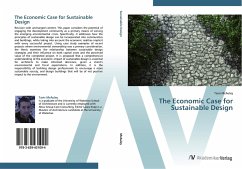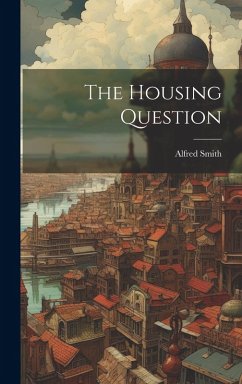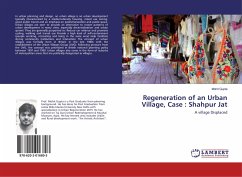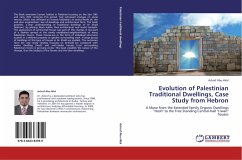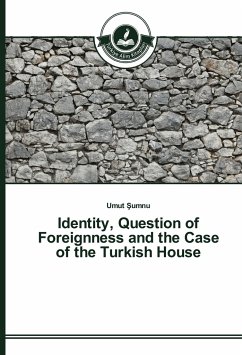
Identity, Question of Foreignness and the Case of the Turkish House
Versandkostenfrei!
Versandfertig in 6-10 Tagen
46,99 €
inkl. MwSt.

PAYBACK Punkte
23 °P sammeln!
How were those narratives telling us about the Turkish House shaped? How did they come to contribute to the formation of our understanding of the history [and theory] of modern Turkish architecture? And respectively, how did they dominate our conception of modern Turkish identity? In light of these questions, this dissertation looks at the historiography of what is the so-called Turkish House as it emerged from Ottoman obscurity into the consciousness of the new Republic of Turkey, between the closing decades of the 19th century and the end of the 1930s. And, following the arguments of post-st...
How were those narratives telling us about the Turkish House shaped? How did they come to contribute to the formation of our understanding of the history [and theory] of modern Turkish architecture? And respectively, how did they dominate our conception of modern Turkish identity? In light of these questions, this dissertation looks at the historiography of what is the so-called Turkish House as it emerged from Ottoman obscurity into the consciousness of the new Republic of Turkey, between the closing decades of the 19th century and the end of the 1930s. And, following the arguments of post-structuralist (architectural) theorists and the texts of the architectural historians in Turkey, this study intends to open up an ontological discussion around modern Turkish identity, and respectively around the Turkish House, as its architectural translation.



